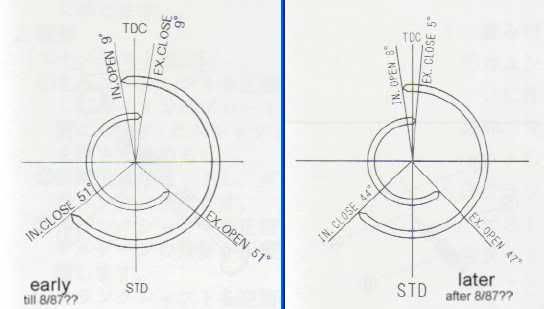oldeskewltoy wrote:yoshimitsuspeed wrote:AE Harold. wrote:Ive been told that in order to make great power with 4age and itbs you'll need to run a high compression.
That's like saying to be a really fast running you need good shoes. It's part of the equation but without the rest done properly it's useless. People who say things like that likely don't know what they are talking about. How much compression you can run is completely dependent on the cams. How much power they make depends on many other things. If it's not all addressed together you will have a much lower chance of being happy with the build.
I differ slightly... it isn't necessarily part of the equation! ITBs don't automatically mean more power. They are a type of induction system, that is all... my 145whp engine, and yoshi's client both use single throttle bodies, and both of us are making 40%+ more power then stock!!!
The rest of what yoshi's says is pretty accurate.
One word of warning about ITBs... they are notorious for being improperly set up (synchronized - both mechanically, as well as vacuum) causing many people who have them, SERIOUS drive-ability issues.
I know ITBS don't automatically mean more power. I personally love the use of itbs. My 20v itbs have already been rebuilt, synchronized, and tested to make sure all four throttle bodies are set correctly.
The kelford cams 193b cams are what I'm leaning towards too since I'm planning on running an after engine management system.

